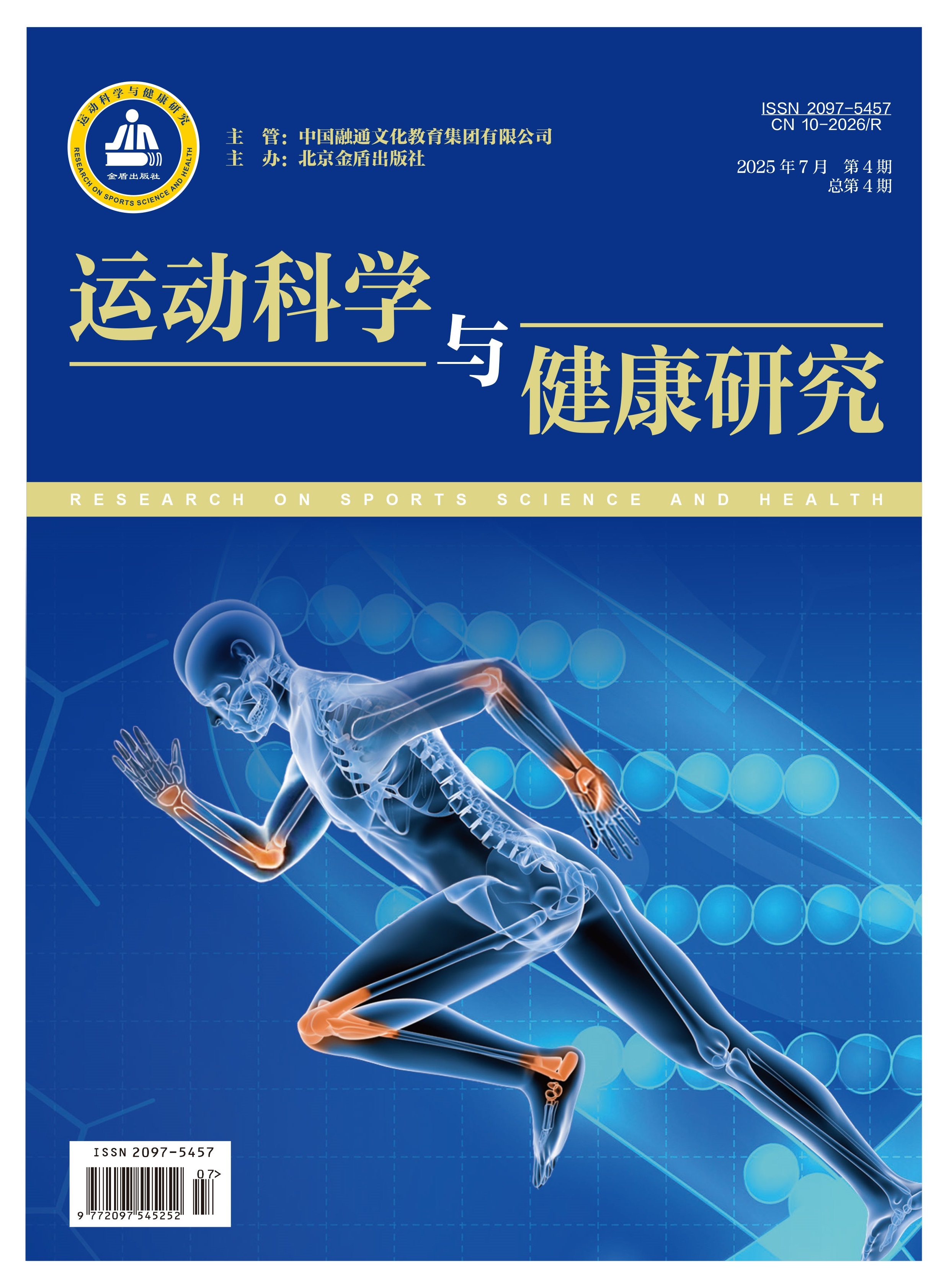● Clinical and Training Practice
Feng Zilong, Quan Zheping
Objective: To explore the current research status, hotspots and trends in the field of Baduanjin at home and abroad, and to provide reference for the research in this field. Methods: Based on the CNKI and Web of Science databases, CiteSpace software was used to conduct a visual analysis of the annual number of publications, authors, institutions, keywords, cluster maps, time frame views, research fronts and emerging trends related to Baduanjin from 2014 to 2024. Results: A total of 1,106 Chinese-language documents and 224 English-language documents were included in the study, with the annual publication volume showing an overall upward trend. In terms of collaboration between authors and institutions, foreign countries are slightly better than domestic ones. Health promotion, quality of life, well-being, elderly people, depression and anxiety are common research topics in this field both domestically and internationally. Conclusion: Research topics both domestically and internationally are gradually shifting from the health promotion effects of Baduanjin to clinical efficacy studies on disease intervention.The application of Baduanjin has gradually evolved from strengthening the body and promoting health to disease rehabilitation and treatment. Over the past decade, with increased research into Baduanjin, and against the backdrop of the post-pandemic era, Baduanjin has become a growing trend in promoting healthy living, intervening in disease rehabilitation, and improving quality of life through combined treatment.At the same time, attention should be paid to strengthening communication between authors and cooperation between organizations to enhance the depth and breadth of research.

